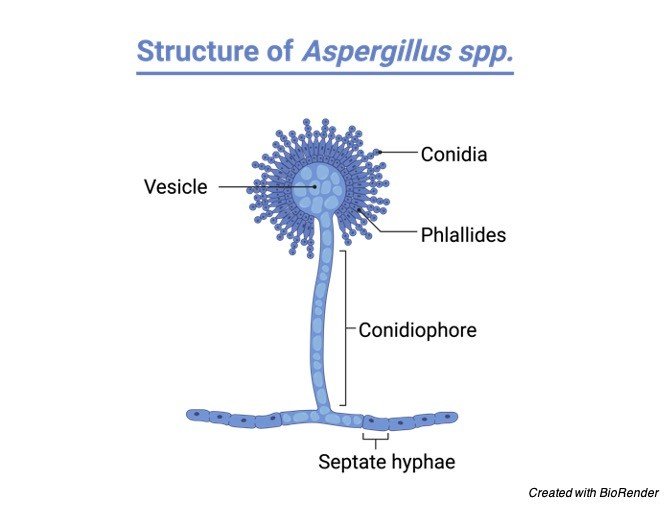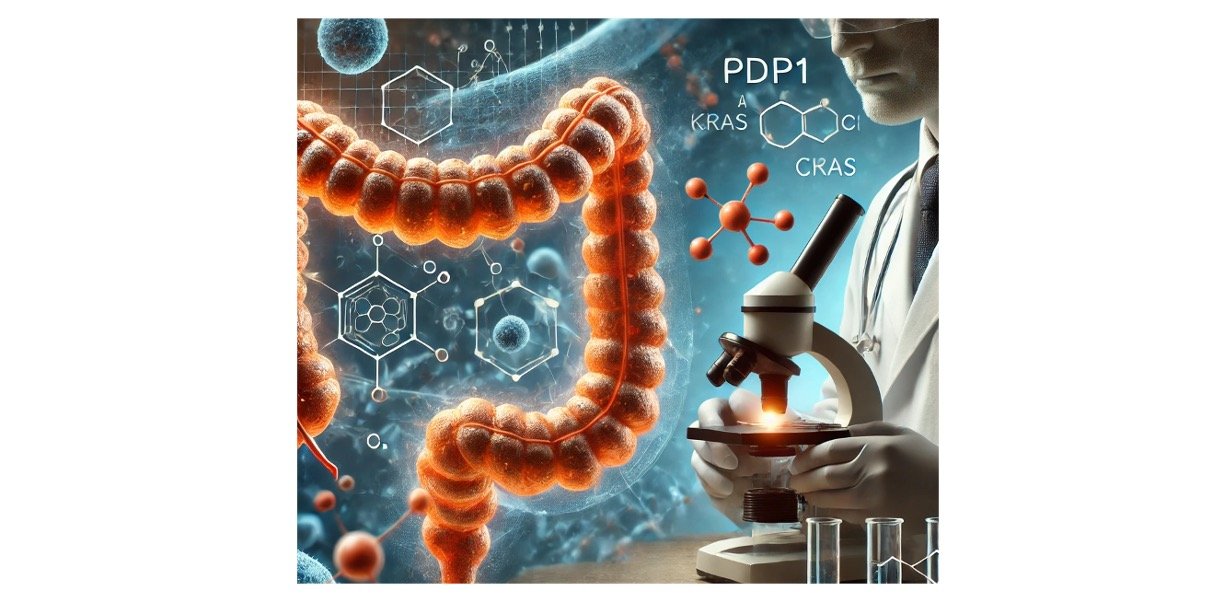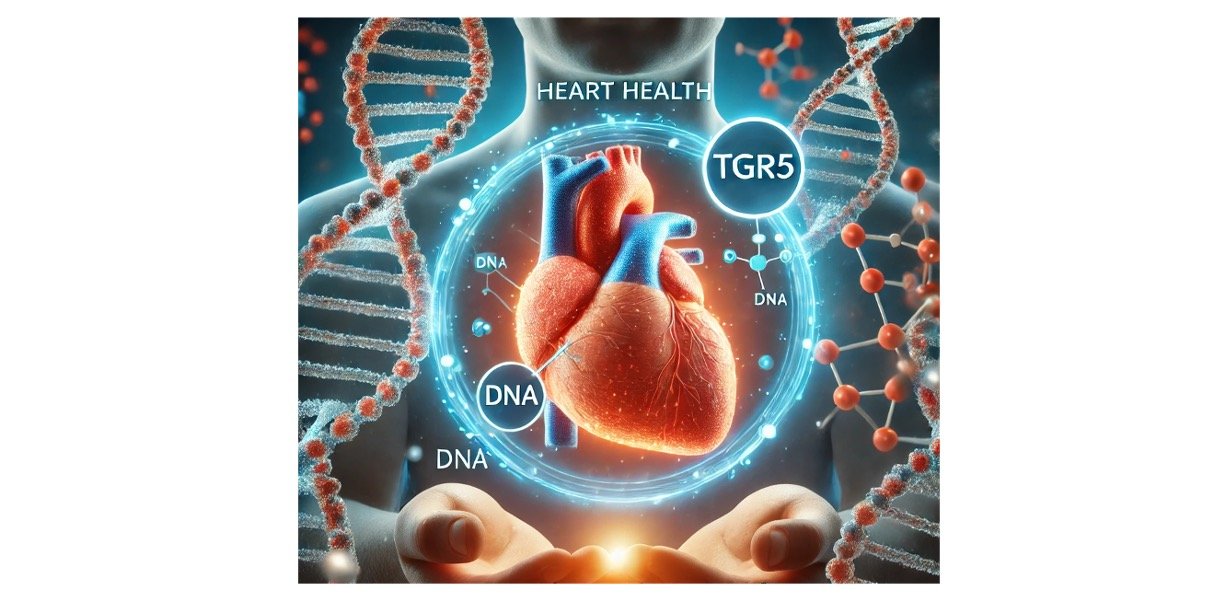What are Fungi?
o Fungi represent a distinct kingdom of organisms with tremendous diversity and are eukaryotes but have characteristics of both prokaryotes and eukaryotes (such as a cell wall).
o Three divisions exist within this kingdom: Zygomycota, Ascomycota and Basidiomycota.
o Fungi, like plants, are separated into divisions not phyla.
o If something contains “mycota” in its division then it’s a fungus.
o All cells of Zygomycota are haploid, except for the zygospore and don’t have cell walls except in their sexual structures.
o Oomycota, which are slime molds and water molds, are not true fungus but are part of the Protista kingdom.
o All fungi are eukaryotic heterotrophs that obtain their food by absorption rather than by ingestion: they secrete their digestive enzymes outside their bodies and then absorb the products of digestion.
o Although most fungi are considered saprophytic (live off dead matter), many fungi do not distinguish between living and dead matter, and thus can be potential pathogens.
o Fungi are larger than bacteria.
Characteristics of Fungi
o With the exception of yeasts, fungi are multicellular.
o Yeasts are unicellular fungi.
o Most fungi possess cell walls, called septa, made up of the polysaccharide, chitin.
o Chitin is more resistant to microbial attack than is cellulose.
o Arthopods’s (insects and crustaceans) exoskeleton is made up of chitin as well.
o Septa is usually perforated to allow exchange of cytoplasm between cells, called cytoplasmic streaming.
o This allows for rapid growth.
o A fungal cell can contain multiple nucle.
o The nuclei, in a single cell, may or may not be identical.
o Fungi lack centrioles (as well as prokaryotes), mitosis takes place entirely within the nucleus, and their nuclear membranes don’t disappear during mitosis.
o In the growth state, fungi consist of a tangle mass (called mycelium) of multiply branched thread-like structures called hyphae (haploid).
Fungi Structure

Fungi Reproduction and Life Cycle
o Like most organisms, fungi alternate between haploid and diploid stages in their life cycle; however, the haploid stage predominates, and is their growth stage.
o Hyphae are haploid and some hyphae may form reproductive structures called sporangiophores.
o By far the most important type of asexual reproduction is that of spore formation.
o Asexual reproduction is extremely important to fungi.
o It is responsible for the production of large numbers of spores throughout the year.
o These structures release haploid spores that give rise to new mycelia in asexual reproduction.
o Spore formation is NOT always via asexual reproduction.
o Haploid spores can form and spread faster and more efficiently than diploid zygotes because they don’t undergo meiosis.
o Yeasts rarely reproduce sexually by producing spores.
o More often in yeasts, asexual reproduction occurs via budding.
o Also called cell fission, in which a smaller cell pinches off from the single parent cell.
"Sporangiophores release haploid spores that give rise to new mycelia in asexual reproduction"
o When sexual reproduction occurs it is between hyphae from two mycelia of different mating types.
o These two hyphae (haploid) grow towards one another eventually touching and forming a conjugation bridge, and becomes a gamete producing cell, called a gametangium.
o In Zygomycota, the gametangia remain attached to the parent hyphae and the nuclei fuse with one another to produce a diploid zygote, called a zygospore.
o After its formed it usually goes dormant, but when it is activated, the zygospore undergoes meiosis to produce haploid cells, one of which immediately grows a short sporangiophore to asexually reproduce many spores.
o Sporangiophores release haploid spores that give rise to new mycelia in asexual reproduction.
o Except for the zygospore all cell in Zygomycota are haploid, so they undergo mitosis.
"When sexual reproduction occurs it is between hyphae from two mycelia of different mating"
o The important thing to understand about fungal reproduction is that asexual reproduction.
o Ex. Budding or mitosis normally occur when conditions are good.
o Sexual reproduction (meiosis) occur when conditions are tough.
Haploid state ⇒ asexual reproduction (mitsosis/budding (cell fission)) ⇒ conditions are good
o Diploid state (zygospore) ⇒ sexual reproduction (meiosis) ⇒ conditions are bad.
o Homologous chromosomes are chromosomes in a biological cell that pair (synapse) during meiosis.
o The pair are non-identical chromosomes that both contain information for the same biological features and contain the same genes at the same loci but possibly each have different alleles (that is, different genetic information) at those genes.
o Any cell that contains homologous chromosomes are called diploid.
o Any cell that doesn’t contain homologous chromosomes are called haploid.
o Lichens are composite organisms consisting of a symbiotic association of a fungus with a photosynthetic partner usually either a green alga or cyanobacterium.
o The mixture of organisms regularly found at any anatomical site is referred to as the normal flora.
Fungi Citations
Share












